The leaders of the G7 countries, seeking to compete with China, have adopted a plan to support middle- and low-income countries in building high-quality infrastructure and development projects.
President Joe Biden said he wants the U.S.-backed B3W “Build Back Better World” plan to be a better alternative to the similar Chinese BRI “Belt and Road Initiative” program that has helped finance trains, roads, and ports in many countries around the world, but mainly in Africa and the Indo-Pacific region.
In a joint statement in the English city of Cornwall, the G7 leaders said they would offer a partnership “guided by values of high standards and transparency.”
However, the details of how the G7’s international development plan will be funded remain unclear. German Chancellor Angela Merkel said the group was not yet ready to release funding for such an initiative.
The G7, the seven richest democracies in the world, has also committed to a new global plan to prevent future pandemics.
The measures include reducing to less than 100 days the time needed to develop and authorize vaccines and treatments for Covid-19. The plan will be officially unveiled along with the summit’s final communiqué.
The Americans see these G7 projects as a challenge to increasing Chinese influence around the world. Beijing’s BRI “Belt and Road” initiative, which has seen billions of dollars poured into developing countries, must be resisted by Western democracies, according to the United States.
Senior administration officials want to prove that Western values of democratic liberalism can prevail over China’s digital authoritarianism. They argue that Chinese investment comes at too high a price; that the forced labor of the Uighur minority in Xinjiang is morally egregious and economically unacceptable because it prevents fair competition.
According to Joe Biden, global supply chains should be free of such labor. U.S. officials say it is not just about confronting China, but about presenting a positive alternative for the world.
But the Biden administration has been vague about how much the West would contribute to this global infrastructure plan and over what time frame. What is clear is a renewed determination among Western powers that they need to act now to contain a growing and increasingly powerful China.
What have the Western powers done about China so far?
Earlier this year, the US, the European Union, the UK and Canada introduced coordinated sanctions against China. The sanctions, including travel bans and asset freezes, targeted senior officials in Xinjiang who were accused of serious human rights violations against Uighur Muslims.
It is estimated that more than one million Uighurs and other minorities have been detained in camps in the northwestern province. The Chinese government has been accused of carrying out forced sterilizations on Uighur women and separating children from their families.
China has responded with its own sanctions against European authorities.
What is the G7’s global plan for Covid-19?
The goal of the G7’s Covid plan is to prevent any repeat of the human and economic devastation caused by the Covid-19 pandemic.
Globally, more than 175 million people have contracted the infection since the outbreak began in 2020, with more than 3.7 million Covid-related deaths, according to Johns Hopkins University in the United States.
The G7’s final statement on the plan will explain a number of steps, including:
- Reduce the time needed to develop and license vaccines, treatments and diagnostics for any future disease to less than 100 days
- Strengthening global surveillance networks and genomic sequencing capacity
- Supporting reform and strengthening of the World Health Organization (WHO)
Why is the G7’s “Build Back Better World” project important?
The G7’s BW3 international economic development project (led by the US) is a response to China’s BRI. Currently, international development projects by rich countries in poorer countries is one of the main diplomatic weapons that countries use to gain influence and form alliances around the world.
China, which is currently one of the world’s hegemonic centers, as are the U.S. and the European Union, has taken a step forward in this strategy of international investments as a diplomatic weapon. Although they already had programs of the same type – the US with USAID and the European Union with its Connectivity Project), neither was as ambitious and comprehensive as the BRI.
What are supposedly the problems with China’s Belt and Road Project?
The US has been particularly critical of China’s so-called “debt diplomacy” through the BRI. This is because the BRI has often been criticized for over-indebting some of the countries that received investments from China, the so-called “debit trap” where the destination country of the investments cannot pay them back, thus being “at the mercy” of the country that lent it.
For example, Sri Lanka had a port built by China, only to then be unable to pay back the loans on this investment and have to “rent” the same port to the Chinese government for 99 years.
In Montenegro, the Chinese government is building a superhighway linking the coast with the interior of the country and Serbia. But, according to analysts, it will be almost impossible for Montenegro to ever pay back all this debt. In this case, what would the Chinese response be? Would it take the road to the port in Sri Lanka?
And that worries the European Union since Montenegro is an official candidate to become a member of the EU….. in addition to already being part of NATO.
In part to contain the Chinese advance with the BRI in the Indo-Pacific region, the QSD “Quadrilateral Security Dialogue” (also known as “The Quad”) was established. This informal strategic dialogue is made up of the United States, Japan, Australia, and India.
According to its members, the “spirit of the Quad” is to have a shared vision of a Free and Open Indo-Pacific region and a rules-based maritime order in the East and South China Seas. According to them, these rules are necessary to counter Chinese maritime claims in the region that run counter to several other countries.
What about Brazil in this new global “diplomatic war” via development investments?
Although Brazil has received some investments from China in development projects within the country, it is far from being the main focus of China, the United States, or the European Union at the moment.
Geopolitically, Brazil is isolated. Brazil’s current president, Jair Bolsonaro, has had the ability to create diplomatic friction with the world’s 3 superpowers. With the United States, he aligned himself to a specific president and party (Trump), and not to the nation, and there he ended up losing when Biden won the election.
With Europe, it reacted childishly to European leaders for their concerns about the burning and deforestation in the Amazon. Thus, the European Union is not at all interested in legitimizing such a president with investments in Brazil, and certainly will not approve the Mercosur-European Union agreement that has been negotiated for several years.
And finally with the Asian powerhouse, Bolsonaro blindly followed the anti-China and xenophobic sentiment of American President Trump and his supporters. China did not let it go cheap. Besides hindering the export to Brazil of vaccine inputs, it is in no hurry to invest in the country while President Bolsonaro is in charge. It will wait for a new administration in 2022 with which it hopes to have a better relationship.
In short, in this new geopolitical game of global economic development via infrastructure projects, Brazil is a pariah.

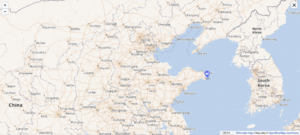





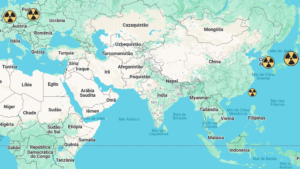
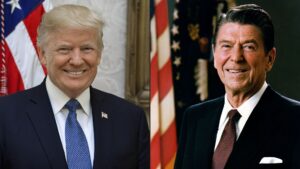
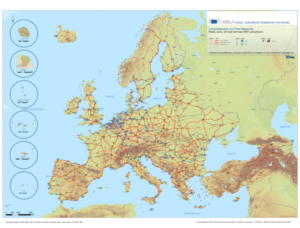
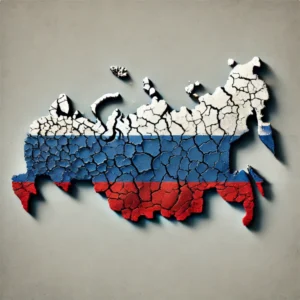
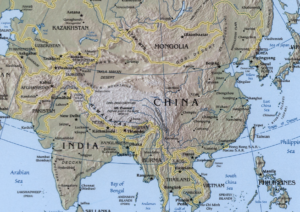





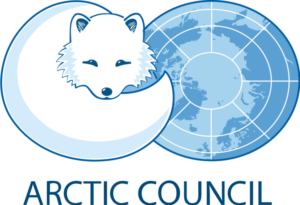


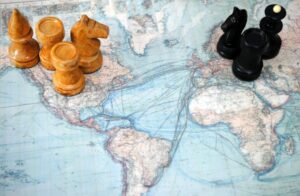

[…] G7 Will Launch a World Development Program to Rival China’s “Belt & Road […]
[…] G7 Will Launch a World Development Program to Rival China’s “Belt & Road […]
[…] of Afghanistan. Even though China has invested more in other neighboring countries through the Belt and Road infrastructure program than in Afghanistan, it has invested in Kabul and has commercial and mineral […]
[…] into a Polar Silk Road and highlighting its plans to integrate it with its multi-billion dollar Belt and Road (BRI) […]
[…] analyses turn to the non-confrontational conflict between the great economic powers of the West (the United States and the European Union) with China’s great advance and its “Belt & […]
[…] worldwide infrastructure works investment project “Belt & Road Initiative” of China was advancing in the countries furthest from the European economic centers, building ports […]
[…] China’s energy interest and trade relations in general, as in the examples of partnerships via a Belt & Road Initiative (the “New Silk Road”), of which Iran is a […]
[…] out as a geopolitical reaction of the G7 with respect to China’s developmental programs, the Belt & Road Initiative, the New Chinese Silk Road, and the gain of influence that the Asian power has been […]
[…] independent country could then become a destination for Chinese money and investments through the Belt and Road Initiative, creating pseudo-vassal states, much the way China has been doing to other Central Asian countries […]
[…] então se tornar um destino para dinheiro e investimentos chineses por meio da Iniciativa da Nova Rota da Seda, criando estados pseudo-vassalos, da mesma forma que a China vem fazendo com outros países da […]
[…] lose relevance and international influence, such as Global Gateway of the European Union and the B3W “Build Back Better World” from the United […]
[…] from Russia for Pakistan’s energy sector, in addition to the country’s agreements with “Belt & Road Initiative” from […]
[…] Belt & Road Initiative (the new “Silk Road”) is a way to show the less developed international scene, in comparison to the European and American […]
[…] to the alliance leaders, China is rapidly expanding its nuclear arsenal with more warheads and a greater number of sophisticated […]
[…] as a better alternative than the liberal democracies of the West. Furthermore, its worldwide Belt & Road infrastructure program, the militarization of the South China Sea, and border conflicts with India have shown that China […]